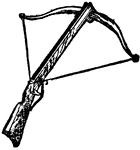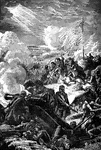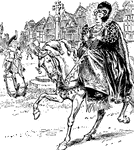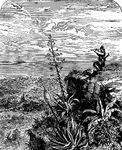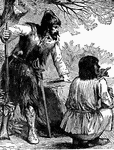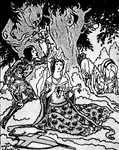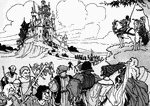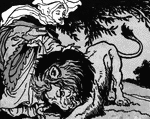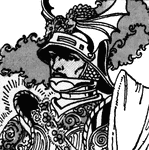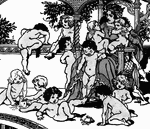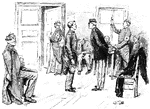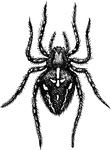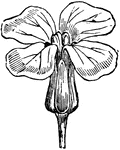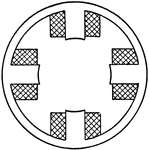
Cylinder
A body of roller-like form, of which the longitudinal section is oblong, and the cross-section is circular.

Vehicle on hill
"A loaded vehicle is represented as crossing the side of a hill, which has been raised one wheel above…

Screw
"The screw may be considered as a winding wedge; for it has the same relation to a straight wedge that…
Terrestrial Telescope
"The spy-glass or terrestrial telescope avoids the inversion of the image by the interposition of two…
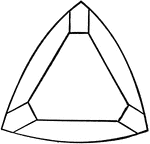
Tourmaline
"Hexagonal-rhombohedral; hemimorphic. Crystals usually prismatic, vertically striated. A triangular…

Tourmaline
"Hexagonal-rhombohedral; hemimorphic. Crystals usually prismatic, vertically striated. A triangular…

Red Crossbill
A bird in which each mandible of the bill is laterally deflected, so the tips of the two mandibles cross…

Anglo-Zulu War
The Anglo-Zulu War was fought between Britain and the Zulus. Scene of the British defeat at Majuba Hill.
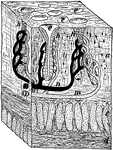
Cross-Section of Stomach Wall
"A tiny block out of the stomach wall. a, the mucous membrane; c and d, the muscles; h, gastric glands;…
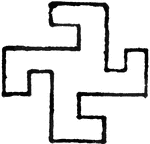
Swastika Design
"Derived from the Sanscrit word Svasti, which means good pretence. It dates bck three or four thousand…
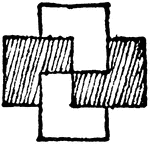
Swastika Design
"Derived from the Sanscrit word Svasti, which means good pretence. It dates bck three or four thousand…
Swastika Design
"Derived from the Sanscrit word Svasti, which means good pretence. It dates bck three or four thousand…

Swing Stage Scaffold
This shows the old fashioned rope stirrup rigging. The scaffold as a whole consists of a platform twenty…

Cross Fox
A variety or subspecies of common fox, having a longitudinal dark dorsal area decussating with a dark…
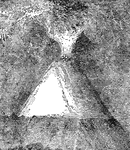
Volcano
An opening in the surface of the earth surrounded by an accumulation of ejected matter, forming a hill…
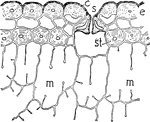
Pine Leaf
This image shows the cross-section of the outer cells of a leaf of pine. S, stoma; E, epidermis; C,…

Lupine
This illustration shows a cross-section of a root of lupine showing the origin of the lateral rootlets.

Corn Stem
This illustration shows the cross-section of a single vascular bundle of corn stem: ph, phloem; x, small…
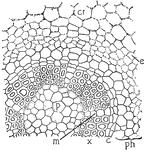
Botrychium
This illustration shows the cross-section of a stem of Botrychium: p, pith; x, xylem; m, ray; c, cambium;…
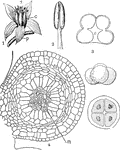
Angiosperm
This illustration shows the flower and sporophylls of Angiosperms: 1, flower of Sedum with leaf-like…

Muscular Tissue
This illustration shows a diagram of nervous and cross-striate muscular tissue, showing the mode of…

Sea-Anemone
This is a diagram of the sea-anemone, illustrating another type of radial symmetry. A, cross section;…
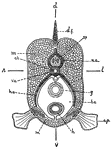
Fish
This is a diagram of the cross section of a fish, showing the bilateral symmetry of the parts: dv, dorsoventral…
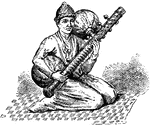
Vina
A stringed instrument used in Carnatic music. The vina is played by sitting cross-legged and holding…

Vein-form Condition
This illustration shows two large veins, of irregular character that cross one another.
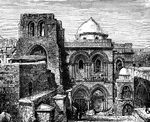
Holy Sepulchre
This illustration shows the Church of the Holy Sepulchre. This is a Christian church now within the…

Cray-fish
"Diagrammatic cross-section of Cray-fish in the thoracic region, to show relation of circulation and…
